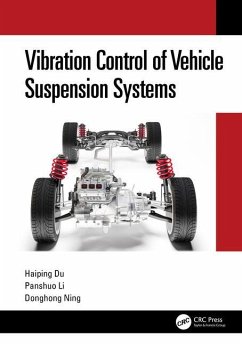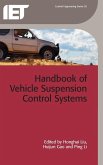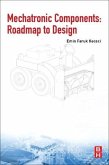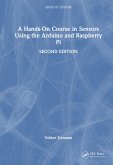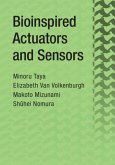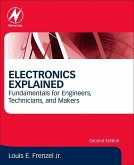This book covers complex issues for a vehicle suspension model, including non-linearities and uncertainties in a suspension model, network-induced time delays, and sampled-data model from a theoretical point of view. It includes control design methods such as neural network supervisory, sliding mode variable structure, optimal control, internal-model principle, feedback linearization control, input-to-state stabilization, and so on. Every control method is applied to the simulation for comparison and verification.
Features:
Includes theoretical derivation, proof, and simulation verification combined with suspension models
Provides the vibration control strategies for sampled-data suspension models
Focuses on the suspensions with time-delays instead of delay-free
Covers all the models related to quarter-, half-, and full-vehicle suspensions
Details rigorous mathematical derivation process foreach theorem supported by MATLAB®-based simulation
This book is aimed at researchers and graduate students in automotive engineering, vehicle vibration, mechatronics, control systems, applied mechanics, and vehicle dynamics.
Features:
Includes theoretical derivation, proof, and simulation verification combined with suspension models
Provides the vibration control strategies for sampled-data suspension models
Focuses on the suspensions with time-delays instead of delay-free
Covers all the models related to quarter-, half-, and full-vehicle suspensions
Details rigorous mathematical derivation process foreach theorem supported by MATLAB®-based simulation
This book is aimed at researchers and graduate students in automotive engineering, vehicle vibration, mechatronics, control systems, applied mechanics, and vehicle dynamics.

